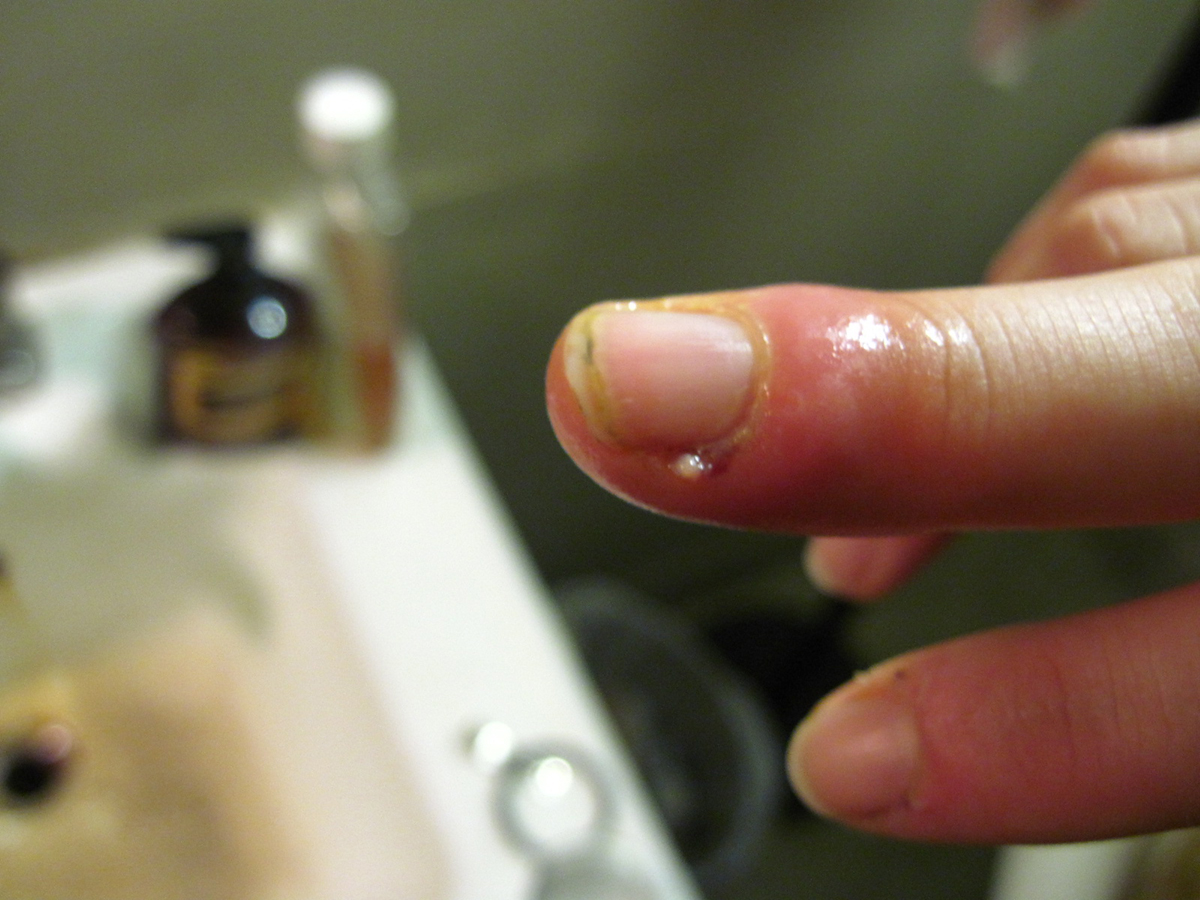When bacteria get into the bloodstream following a localized infection, bacterial sepsis sets in. Sepsis is an extremely serious medical condition that can cause death if not promptly treated. People with an impaired immune system are more susceptible to bacterial sepsis. Bacteria present in the blood can spread to different body organs through blood circulation. This can cause severe infection of a particular organ. If bacteria produce a high amount of toxins in the blood, that can lead to very dangerous condition called septic shock.
Causes of Bacterial Infection in the Blood
Sepsis may occur due to other pathogens apart from bacteria. Viruses and fungi can infect the blood and cause sepsis as well, though bacterial infection is the most common cause of the condition. Sepsis caused by bacteria is called bacterial sepsis for this reason.
According to the WHO, about 3 million cases of sepsis among newborns and 1.2 million among children are detected annually in the world. The mortality rate from sepsis varies from 11% to 19% per 100,000 live births. In the United States, for 72,000 hospitalized children diagnosed with sepsis, the mortality rate is 25%. According to the SPROUT study, in 2013–2014, complications associated with sepsis in children ranged from 6% to 20% in Europe, South and North America, Australia/New Zealand, and Africa.
- The primary foci of bloodstream infections are more often the lower respiratory tract in general, the respiratory system (40%), and the circulatory system (19%) in the pediatric departments.
- Over the past 10 years, the advent of new technologies in microbiology has improved the diagnosis of septic conditions. The use of the direct detection method, using matrix laser desorption ionization time-of-flight mass spectrometry-MALDI-TOF, has become available for many laboratories.
Infections that started in any of the organs in the body can enter the bloodstream and result in sepsis. The most common causes of a blood infection that leads to bacterial sepsis are:
- Skin infections like cellulitis.
- Skin cuts and wounds infected by Staphylococcus aureus or group A streptococcus.
- Lung infections like pneumonia.
- Infection of the gastrointestinal tract by Salmonella bacteria.
- Brain infections such as meningitis.
- Urinary tract infections caused by the bacteria Escherihia coli.
- A respiratory tract infection caused by Neisseria meningitides.
- A ruptured appendix.
- Abscesses
- An infection in children caused by Haemophilus influenzae (hib).
Who Is at Risk of Developing Bacterial Sepsis?
Anyone can be affected by bacterial sepsis but some people have a higher risk of developing this dangerous medical condition. Generally, a weak immune system is responsible for the occurrence of bacterial sepsis because this means that the body is unable to fight off disease-causing pathogens that caused the primary infection.
For this reason, an increased risk of bacterial sepsis is present in people with weak immunity such as:
- Infants and children younger than 3 years of age, since their immune system has not fully developed yet.
- Elderly people have weaker immunity due to the natural process of aging.
- People who are receiving chemotherapy or radiotherapy due to cancer.
- People who are living with an autoimmune disease.
- People who have a compromised immune system due to kidney or liver failure, cancer, or HIV/AIDS.
- People who are being treated with immunosuppressive medications.
- People who are taking steroids for extended periods of time.
Due to drains, catheters, and IV lines, people who are hospitalized after receiving surgery are also more vulnerable to hospital-acquired sepsis. This is one of the reasons why it is recommended that you stay in hospital as briefly as possible.
Treatment of Bacterial Sepsis
A bacterial infection of the blood manifests with clear symptoms that indicate sepsis, such as a high fever and chills, low blood pressure, an irregular heart beat, dizziness, decreased urination, a severe skin rash, and joint pain. If a person experiencing such symptoms presents for medical attention, the doctor will order blood tests to check for an elevation in the patient's white blood cell count and for the presence of bacteria.
Once the diagnosis of sepsis is made, the treatment will depend on severity of the infection and stage of diagnosis. Bacterial sepsis is commonly treated with IV antibiotics while further treatment may be given if sepsis is diagnosed in advanced stage.


















Your thoughts on this
Loading...